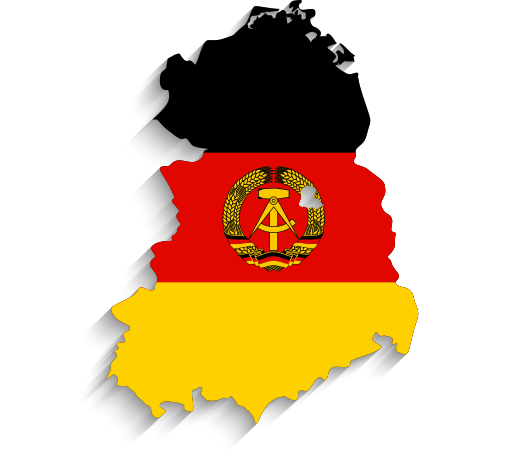(Grant Agreement n. 669194)
Central and foreign trade bankers belonged to the very restricted East German economic elite that had a fairly complete picture of the GDR’s economic and financial situation. They offered a realistic assessment of the practicability of Erich Honecker’s Unity of Economic and Social Policy and the potential consequences of the resulting growing indebtedness. It is therefore no surprise that the first to voice their concerns and warn about the future early on in the 1970s were the President of the East German Central Bank (1967–1974, her death), Margarete Wittkowski, and the President of the GDR’s Foreign Trade Bank from 1971 to 1977, Helmut Dietrich. The bankers specifically criticised the consumerist turn of the Honecker era and the practice of spending more money than the East German economy was able to earn. However, their warnings fell on deaf ears and the leadership of the Socialist Unity Party of East Germany (Sozialistische Einheitspartei Deutschlands or SED) did not change course.
Towards the end of the decade with the debt crisis approaching, Wittkowski’s and Dietrich’s successors – Horst Kaminsky (Central Bank) and Werner Polze (Foreign Trade Bank) –demanded an economic turnaround, but to no avail. A 1978 analysis of the GDR’s worsening balance of payments which Kaminsky and Polze co-authored with the Chairman of the State Planning Commission, Gerhard Schürer, and Minister of Finance Siegfried Böhm stated the obvious, that the current spiral could not be prolonged. They made it entirely clear that without the willingness of foreign, and especially capitalist, banks to provide further loans of the amount needed, the planned imports and the due payment obligations could not be met. Without a fundamental turnaround in the GDR’s trade balance with the West, debt was expected to skyrocket until the mid-1980s. With the Western credit boycott enfolding after the imposition of martial law in Poland in December 1981, Kaminsky and Polze considered bankruptcy to be unavoidable and advocated for a rescheduling of the debt. However, the East German party leadership opted to stay solvent by all means and called on the bankers to contribute to achieving this goal. In addition to the costly operations of the Commercial Coordination division, (Bereich Kommerzielle Koordinierung or KoKo) particularly Polze’s Foreign Trade Bank had to adopt various measures to finance the GDR’s tightrope walk across the abyss of bankruptcy. Additionally, Polze used his contacts with bankers in the West to restore the GDR’s creditworthiness in the international financial markets and their trust in the financial stability of the East German state. Apart from the issue of debt, the East German bankers were not visible in the GDR elites’ debate about relations with the West and the European Economic Community in particular.
* This text summarises some of the research findings of PanEur1970s team member Maximilian Graf, which are published as a chapter in PanEur1970s’ academic edited book. For a link to the e-book, please see the GDR’s “Overview” webpage of this map.
|
Current status of the GDR’s balance of payments with the West in 1978/79
BArch-DDR, DL 226/1248 | Bl. 220–238,
This assessment of the GDR's balance of payments produced by the Chairman of the State Planning commission, the Minister of Finance and the country's leading bankers analyzed the causes and consequences of East Germany's growing indebtedness since the early 1970s. Their conclusion stated the obvious: “This spiral cannot be prolonged.” It was entirely clear that “without the willingness of foreign, and especially capitalist banks to provide further loans in the amount needed, the planned imports and the due payment obligations cannot be realized.” Without a fundamental turnaround in the GDR’s trade balance with the West, debt was expected to skyrocket until the mid-1980s. - Available only in the archive: https://www.bundesarchiv.de |
